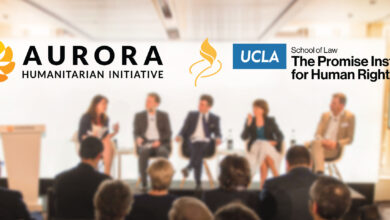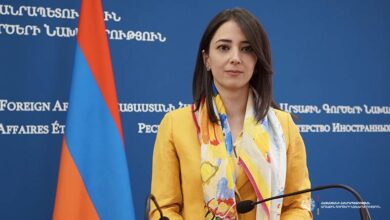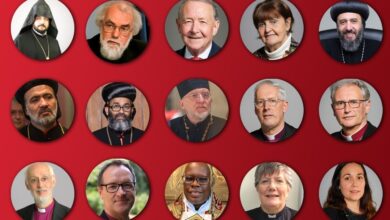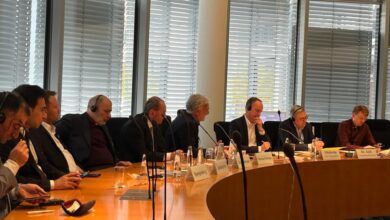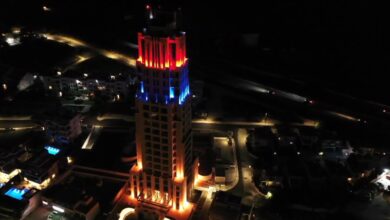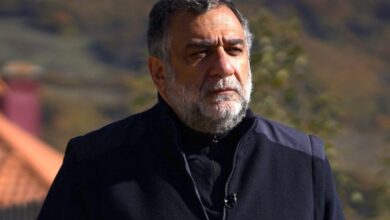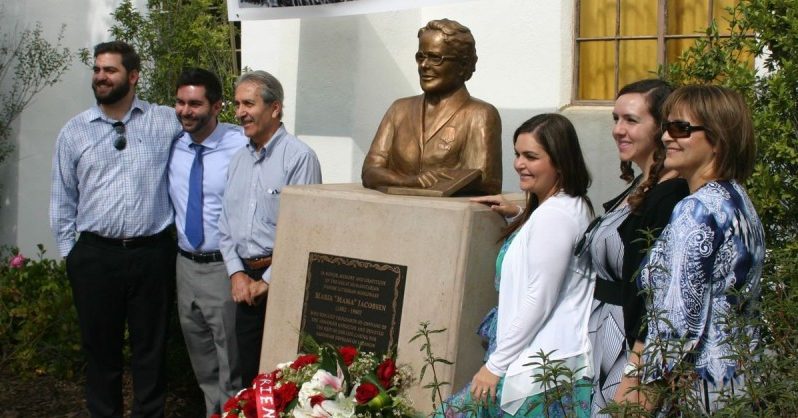
Nearly 100 people, more than half from Armenian churches in Southern California, gathered Sunday in Solvang to honor a Danish woman credited with saving thousands of children from genocide, Santa Ynez Valley News reports.
The crowd gathered in the Bethania Lutheran Church garden, where a bust of Maria Jacobsen with a brass plaque was unveiled and dedicated near a pair of benches, where people can sit and contemplate her heroic actions.
Overhead a banner read, “Thank you, Maria ‘Mama’ Jacobsen and people of Denmark. Always grateful — your Armenian friends,” and nearby stood a wreath of red and white flowers.
“The world can seem so big until we come together to celebrate this wonderful, wonderful person,” said Chris Brown, pastor of Bethania Lutheran Church. “And then it seems so much smaller.”
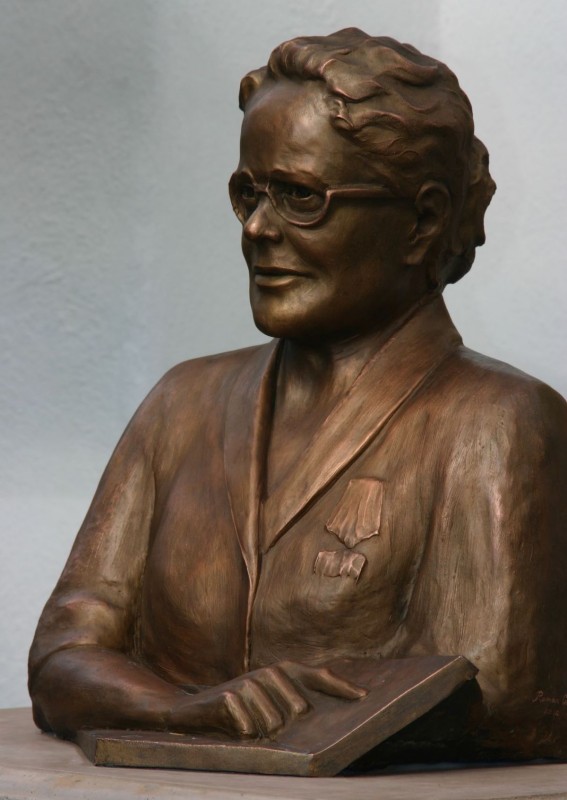 More than 50 members of the Southern California churches traveled to Solvang to worship with the Bethania congregation and afterward share a meal, where several — including some who knew her — spoke about Jacobsen’s efforts to save Armenian orphans.
More than 50 members of the Southern California churches traveled to Solvang to worship with the Bethania congregation and afterward share a meal, where several — including some who knew her — spoke about Jacobsen’s efforts to save Armenian orphans.
The campaign against Armenians in the Ottoman Empire began as early as 1909, but in 1915, the Ottoman government began the systematic extermination of the Armenian people.
It began with the forced labor and massacre of able-bodied men, which was followed by forcing women, children, the elderly and the infirm on “death marches” into the Syrian desert without food or water, subjected to robbery, rape and murder.
It’s estimated that by 1923, the Ottomans had murdered 1.5 million Armenians.
Moved by the plight of Armenian orphans, Jacobsen left her home in Denmark and traveled to the Ottoman Empire, where she helped the wounded and ill and worked to save orphaned children.
She, along with other Danish missionaries who joined her, is credited with saving 4,000 orphans.
Including others she rescued in Lebanon from 1923 up until her death in 1960, she saved a total of 142,000 Armenians, said Nichan Kulukian, one of those who spoke at Sunday’s event.
“We called Maria ‘Mama’ because she was the only mother we knew at this time,” said Kulukian, who was orphaned at age 2, noting that Jacobsen and the other missionaries didn’t try to turn the children into Danes.
“She raised us as Armenians, speking only Armenian every day, even teaching our Armenian religion,” he said. “So we grew up as Armenians under these Danish missionaries.
“It is hard to understand how someone could give up her life and give herself to a cause totally foreign to her,” he said. “We have this commitment of love to her and all the other missionaries.”
Maria Karnikian knew Jacobsen as “grandmother,” because she had raised Karnikian’s mother, also noted how Jacobsen preserved the Armenian language and culture among the orphans..
“Her love for children was above everything,” Karnikian said. “She always had the time to play with children.”
Vartan Melkonian recalled how he was orphaned at age 4, just days after his sister was born as yet unnamed. Jacobsen gave her a name and baptized her.
Melkonian said as a result of Jacobsen’s care and encouragement, he went from being an orphan on the streets of Beirut to a resident of London and, eventually, the conductor of the Royal Philharmonic Orchestra.
Garbis Der-Yeghiayan, president of Mashdots College in Glendale, summed up why it was important for the Armenian people to honor Jacobsen.
“We never stand so tall as when we stoop to lift a child,” he said.



